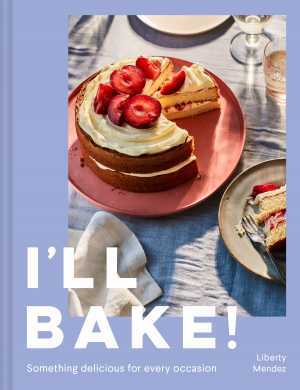As a pastry chef, my whites were always covered in chocolate – I still wonder why on earth they make them that colour. Chocolate has always fascinated me; how it can start from a cacao fruit, something so peculiar looking with its thick pale beans, and turns into a luxurious item and the object of our cravings and desires.
There are a several sweet pieces of chocolate information that have stuck with me throughout my food journey and are useful for home cooks. As much as I’d love to be back in a lecture talking about the ethics of bean-to bar-production or how the Aztecs ground cacao seeds, this is what I wish I’d been given a brief synopsis of.

'I’ll Bake!' by Liberty Mendez. Published by Pavilion Books, is out on 3 August and available to pre-order
How to fix a ganache
Ganache is a temperamental beast. I know sous chefs that have sworn and cried at bowls of split chocolate and cream wondering what went wrong. You’re not alone. Although salty tears make your ganache taste better anyway, there’s a way to fix it: if and eventually when your ganache splits, put a tablespoon of it into a clean saucepan with 2 tablespoons of water over a low heat. Whisk until it eventually comes back together. Gradually add a tablespoon of the split ganache at a time into the pan, whisking to emulsify it each time and it’ll come back together in no time.
To avoid ganache splitting in the first place, the key is to keep all the ingredients the same temperature. Many recipes say to pour boiling cream over your cold chocolate, which although may work 90% of the time, it’s far safer to melt your chocolate, heat up your liquid and slowly whisk it in. Sorry not sorry to all the purists out there, the liquid doesn’t have to be cream, you can use anything (within reason) – even water or liqueur.
Where has the bean been?
Something else to consider with chocolate is not only the percentage, but where the beans are from and which flavours they’ll impart. In the words of Kirstie Allsopp, location, location, location...
